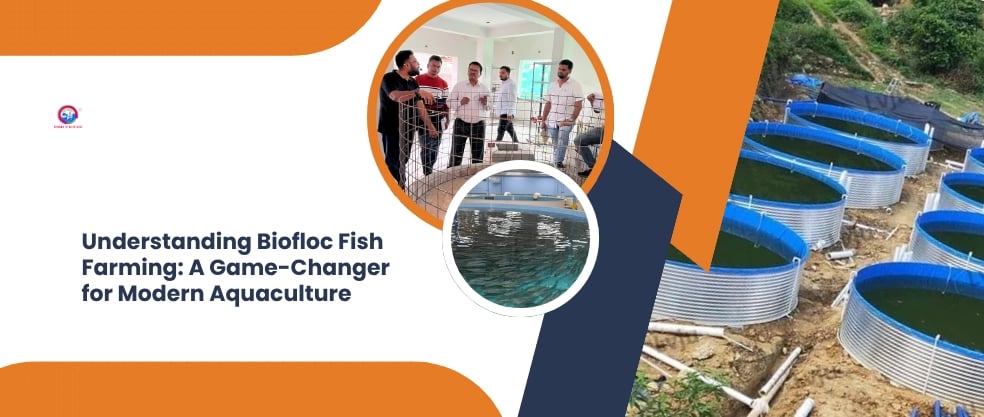“Biofloc Fish Farming: Benefits, Challenges, and a Guide to Increased Profitability”
"Discover how biofloc fish farming simplifies aquaculture, reduces costs, and boosts profits with sustainable practices. Compare with traditional methods today!"
Understanding Biofloc Fish Farming: A Game-Changer for Modern Aquaculture
Biofloc fish farming has emerged as a revolutionary technique, offering a sustainable and profitable way to rear fish. With growing concerns about water scarcity, waste management, and rising operational costs in traditional aquaculture, biofloc technology provides a practical alternative. Let’s dive into what biofloc fish farming is, its benefits and challenges, and how it compares to conventional fish farming.
What Is Biofloc Fish Farming?
Biofloc is a fish farming technique that converts organic waste, uneaten feed, and fish excreta into protein-rich feed using beneficial microbes. These microbes break down waste in water, creating flocs (clusters of bacteria, algae, and organic matter) that fish can eat. The result? Cleaner water and reduced feed costs.
Benefits of Biofloc Fish Farming
Cost-Efficiency
Reduced Feed Costs: The microbial flocs serve as a natural food source, cutting down on expensive feed requirements.
Lower Water Usage: Biofloc recycles water, significantly reducing water consumption.
Environmental Sustainability
Waste products are treated within the system, minimizing pollution.
Reduces the need for frequent water changes, conserving resources.
Increased Fish Growth and Health
The flocs are rich in protein, vitamins, and probiotics, improving fish immunity and growth rates.
Stable water quality minimizes disease outbreaks.
Higher Yield in Limited Space
Ideal for small areas, making it suitable for urban and rural farmers alike.
Challenges of Biofloc Fish Farming
Initial Setup Cost
Setting up a biofloc system requires investment in tanks, aeration equipment, and monitoring tools.
Technical Expertise
Farmers need to understand water quality parameters like pH, ammonia levels, and dissolved oxygen to maintain the system.
Electricity Dependency
Continuous aeration is essential to prevent system failure, increasing reliance on electricity.
Monitoring Intensive
Biofloc systems require consistent monitoring to avoid water quality issues, which can be challenging for beginners.
Comparison: Traditional Fish Farming vs. Biofloc Fish Farming
How Biofloc Simplifies Fish Farming
Ease of Maintenance: Biofloc reduces the need for constant water replacement and manual waste management. Farmers can focus on monitoring instead of heavy labor.
Space Optimization: With biofloc, small tanks can produce yields comparable to large ponds in traditional systems. This makes fish farming accessible even in urban areas.
Cost Savings: By generating natural feed from waste, biofloc cuts down on one of the biggest expenses in aquaculture—commercial fish feed.
How Biofloc Increases Profitability
High Yields in Small Areas: Farmers can harvest more fish without needing large land areas, increasing revenue.
Low Operational Costs: By reducing feed and water expenses, biofloc systems improve profit margins.
Sustainability Appeals to Markets: Many consumers prefer eco-friendly fish farming methods, giving biofloc farmers a competitive edge.
Final Thoughts
Biofloc fish farming is a promising alternative to traditional methods, offering a balance between sustainability, profitability, and ease of use. While it requires technical knowledge and initial investment, its long-term benefits outweigh the challenges.
If you’re looking to start or improve your fish farming business, biofloc could be the key to unlocking higher profits and a greener future.


